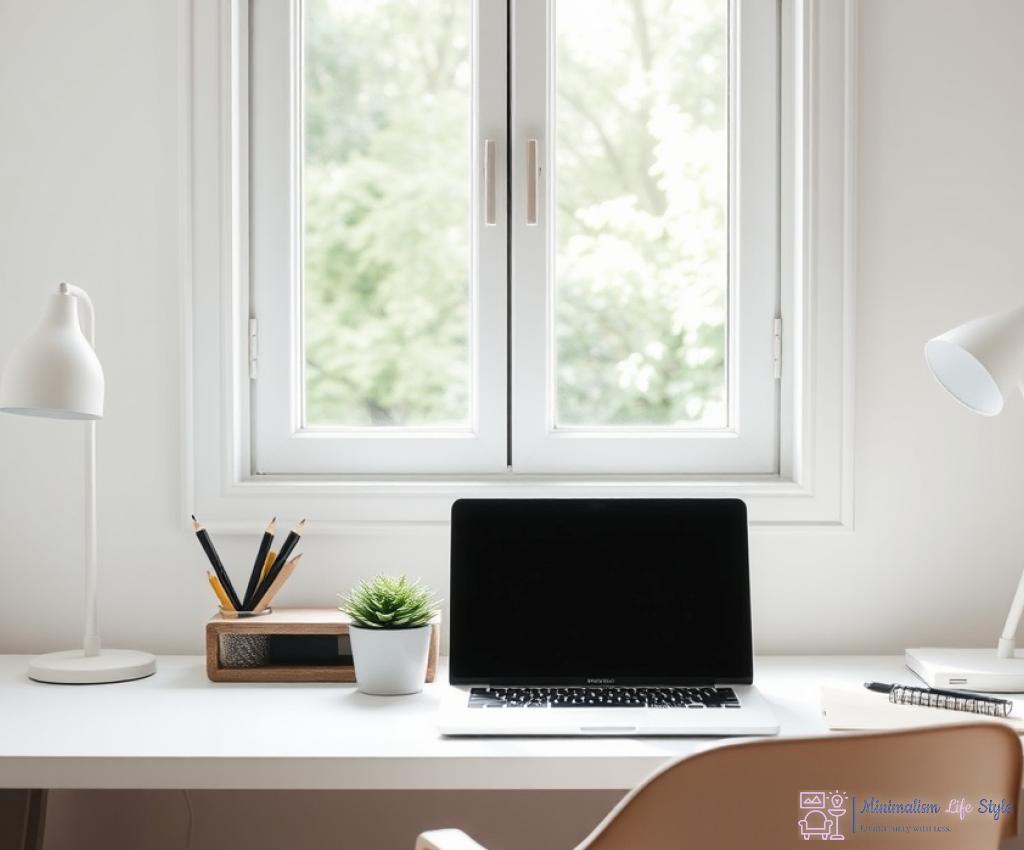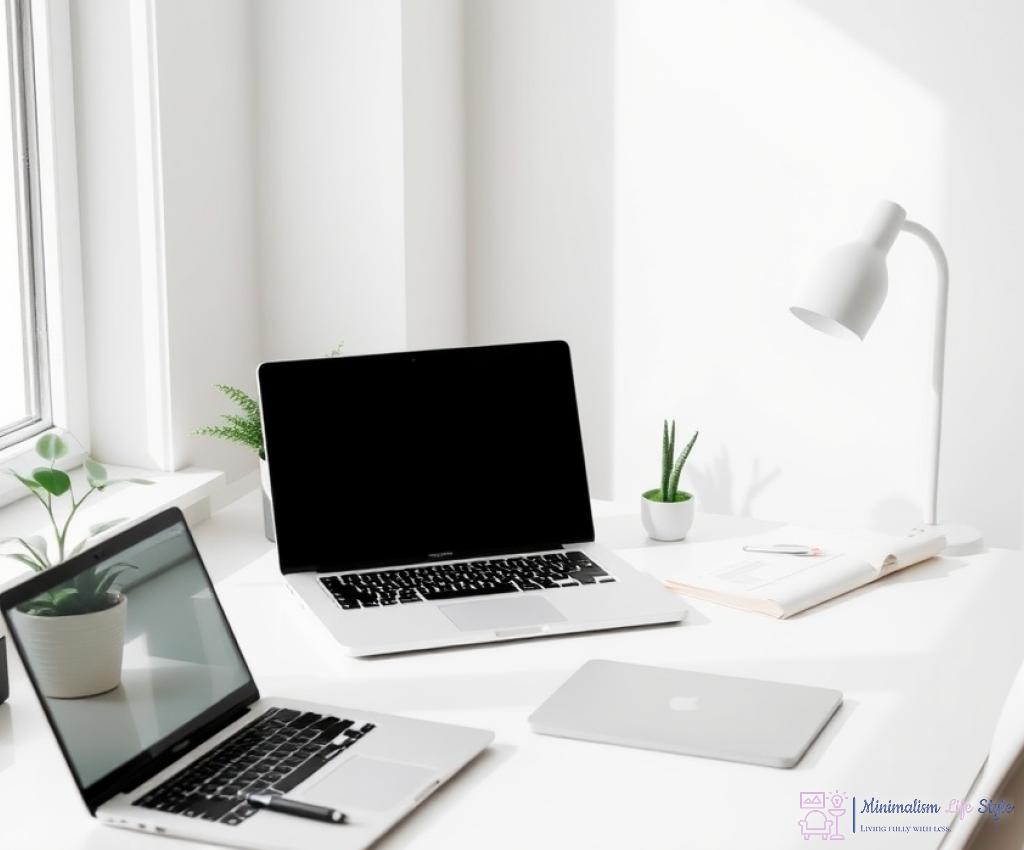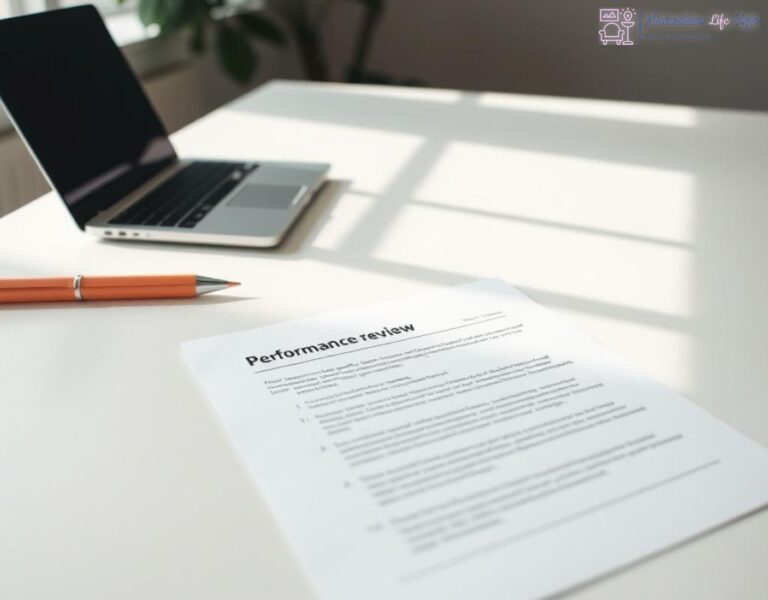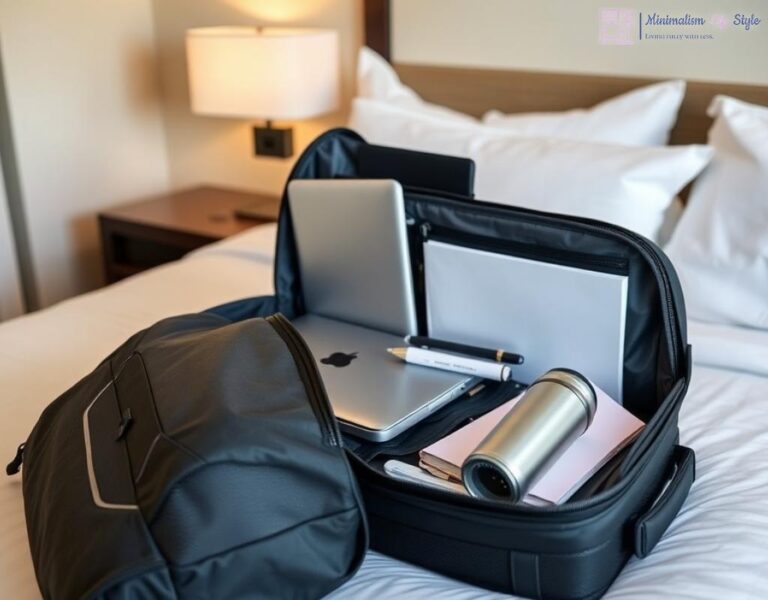Streamline Your Workspace for Clarity

Transform Your Environment: The Power of Minimalism
In the fast-paced world we inhabit, our workspaces often become a reflection of our mental state. Clutter not only distracts but also contributes significantly to stress levels. Embracing minimalism can dramatically change your workspace and, in turn, your mental clarity. By simplifying your surroundings, you can create an environment that fosters creativity and productivity.
Essentials Only: The Art of Simplifying Your Desk
What truly deserves a place on your desk? Understanding this is key to achieving a streamlined workspace. Begin by evaluating the items that occupy your desk. Are they functional, meaningful, or merely occupying space? The essentials are the tools that help you perform your tasks effectively, while sentimental items can be displayed elsewhere to maintain a personal touch without the clutter.
Here is a quick guide to help you determine what to keep:
- Functional Items: Items you use daily, such as your computer, notepads, and pens.
- Inspirational Items: A motivational quote or a photo that uplifts your spirits.
- Personal Touches: A small plant or an object that reminds you of your purpose.
- Obsolete Items: Old documents, broken gadgets, or anything that no longer serves a purpose.
Organize with Intention: Creating a Functional Layout
Once you’ve determined your essentials, the next step is to organize them effectively. A well-thought-out layout will allow you to access what you need swiftly, reducing time spent searching through clutter. Consider the flow of your work; arrange your tools in a way that mirrors the tasks you perform most frequently.
| Task Type | Ideal Arrangement |
|---|---|
| Writing | Notepad and pens close by, computer screen at eye level. |
| Research | Books and resources within arm’s reach, a clear space for notes. |
| Meetings | A tidy area for documents, a chair that is inviting but not distracting. |
By investing time in curating both your workspace and your mental state, you pave the way for improved focus and creativity. A streamlined workspace is not just about aesthetics; it’s a powerful tool for mental clarity and productivity.
The Power of Saying No: Setting Boundaries

In a world where the hustle culture reigns supreme, the ability to say no can often feel like an act of rebellion. However, embracing this power is essential for maintaining both mental clarity and emotional well-being. Just as a cluttered workspace can impede productivity, an overloaded schedule can lead to stress and burnout. Learning to set boundaries is a critical component in the minimalist approach to mental health, allowing you to prioritize what truly matters.
Understanding Your Limits: The First Step to Boundaries
Before you can effectively communicate your needs to others, it’s important to understand your own limits. Reflecting on your current commitments can reveal whether you’re genuinely fulfilling your responsibilities or simply spreading yourself too thin. This self-awareness is foundational for making informed decisions about where to invest your time and energy.
Empowerment through Decision-Making: The Art of Saying No
Mastering the art of saying no is not just about rejecting requests; it’s about affirming your own priorities. When you decline an invitation or task, you make space for opportunities that align with your goals. Here are some compelling reasons to embrace the power of no:
- Preserving Your Energy: Saying no allows you to conserve your mental and emotional resources for tasks that resonate with your passions.
- Enhancing Focus: A clear agenda reduces distractions, enabling you to concentrate on what truly matters.
- Building Respect: When you establish boundaries, you teach others to respect your time and commitments.
Incorporating these principles into your daily interactions can lead to a more fulfilling and balanced life.
Practical Strategies for Setting Boundaries
Implementing boundaries doesn’t have to be a daunting task. Here are some practical steps to help you cultivate this essential skill:
- Start Small: Begin by saying no to minor requests that don’t align with your goals.
- Be Clear and Direct: Communicate your limitations openly without over-explaining.
- Practice Self-Compassion: Understand that prioritizing yourself is not selfish; it’s necessary for your well-being.
By regularly practicing these strategies, you can create a healthier work-life balance, thereby reducing stress levels and enhancing your overall mental health.
Digital Minimalism: Taming Your Online Life

In an age dominated by technology, our digital spaces often mirror the chaos that surrounds us in the physical world. Just as a cluttered desk can overwhelm our senses, a disorganized digital environment can lead to heightened stress and distraction. Embracing digital minimalism allows us to reclaim control over our online lives, fostering a more focused and serene mental state. This approach helps in filtering out the noise, enabling us to concentrate on what truly matters.
Before diving into the practicalities of digital minimalism, it’s essential to recognize the impact of our online behaviors. The constant barrage of notifications, emails, and social media updates can create a sense of urgency that distracts us from our core tasks. By identifying the elements that contribute to this digital clutter, we can begin to implement strategies that promote clarity and productivity.
Curate Your Digital Environment: The Essentials of Online Clarity
Similar to the physical decluttering process, digital minimalism starts with a thorough evaluation of your online presence. This involves assessing your digital tools, subscriptions, and social media connections to determine what truly enhances your productivity and well-being. Ask yourself: Are these apps and platforms serving a purpose, or are they simply a source of distraction?
Begin by eliminating unnecessary applications and notifications. A streamlined interface can significantly reduce cognitive load, allowing for a more focused approach to your tasks. For instance, consider consolidating communication channels. Instead of toggling between multiple messaging apps, choose one that best suits your needs and stick to it. This not only saves time but also minimizes the risk of missing crucial messages.
Establishing Intentional Digital Habits: Building a Mindful Online Routine
Creating a mindful online routine is pivotal in maintaining digital minimalism. This involves setting boundaries around your online activities and intentionally scheduling time for digital engagement. For example, allocate specific times during the day for checking emails or social media, rather than allowing these tasks to interrupt your workflow.
Moreover, consider adopting a “tech-free” zone or time in your day. Designating periods where you refrain from digital devices can help clear your mind, encouraging creativity and reducing anxiety. Engaging in offline activities such as reading, exercising, or spending time outdoors can rejuvenate your mental state, making you more effective when you return to your digital tasks.
By implementing these strategies, you can create a balanced digital landscape that enhances your mental clarity and reduces work-related stress. Embracing digital minimalism is not just about cutting back; it’s about cultivating a purposeful online environment tailored to your goals and values. In turn, this mindful approach can lead to a more fulfilling, focused, and productive work experience.
Mindfulness Techniques to Combat Stress
In a world where distractions abound, the practice of mindfulness has emerged as a beacon of hope for those seeking to alleviate work-related stress. Mindfulness encourages us to anchor our attention in the present moment, allowing us to untangle the chaotic thoughts that often plague our minds. By incorporating mindfulness techniques into our daily routines, we can cultivate a serene mental landscape that supports not only our productivity but also our overall well-being.
The Power of Breath: Centering Your Mind
One of the simplest yet most effective mindfulness techniques is conscious breathing. By taking a few moments throughout your day to focus on your breath, you can create an oasis of calm amidst the storm of tasks and deadlines. Close your eyes, inhale deeply through your nose, hold for a moment, and then exhale slowly through your mouth. This practice not only reduces stress but also improves focus, as each breath acts as a reminder to return to the present. Engaging in this technique regularly can significantly enhance your ability to navigate through challenging work situations with clarity and poise.
Mindful Movement: Engaging Your Body
Another powerful method to combat stress is through mindful movement. Whether it’s a short walk during your lunch break or a series of stretches at your desk, incorporating movement into your day can help release tension and boost your mood. As you move, pay attention to the sensations in your body, the rhythm of your breath, and the environment around you. This heightened awareness can ground you, allowing you to shift your focus away from stressors and back to your inner self. By making mindful movement a part of your workday, you not only revitalize your body but also refresh your mind.
Creating a Mindfulness Ritual: Daily Practices for Lasting Change
Integrating mindfulness into your daily routine doesn’t have to be a daunting task. Start by setting aside just a few minutes each day for a mindfulness ritual that resonates with you. This could involve journaling about your thoughts, practicing gratitude, or simply sitting in silence. By establishing this ritual, you create a dedicated time for self-reflection and mental decluttering, which can pave the way for enhanced clarity and reduced anxiety. Over time, these practices can foster a deeper sense of connection to yourself and your work, leading to a more fulfilling professional life.
Creating a Minimalist Routine for Greater Focus
Embrace Simplicity: The Foundation of a Minimalist Routine
In our quest for productivity, we often overlook the importance of establishing a minimalist routine. A well-structured routine can serve as a powerful framework that not only organizes your day but also enhances your focus. By stripping away the unnecessary, you create space for clarity and intentionality in your daily tasks. This approach aligns perfectly with the principles of minimalism, inviting you to prioritize what truly matters while eliminating distractions that can lead to stress.
Strategic Time Blocks: The Art of Intentional Scheduling
One of the most effective ways to cultivate a minimalist routine is through the practice of strategic time blocking. This technique involves dividing your day into focused segments dedicated to specific tasks or activities. By allocating time slots for essential duties, you can prevent multitasking, which often leads to overwhelm and inefficiency. Here’s how to implement this approach:
- Identify Key Tasks: Start by listing your top priorities for the day, focusing on what will drive your goals forward.
- Set Time Limits: Allocate a specific duration for each task, ensuring you remain committed and focused during that period.
- Eliminate Distractions: During each block, minimize interruptions by silencing notifications and creating a conducive work environment.
- Incorporate Breaks: Schedule short breaks between blocks to recharge, allowing your mind to reset and stay sharp.
This structured approach not only enhances your efficiency but also fosters a sense of accomplishment as you complete tasks within designated time frames.
Mindful Transitions: Cultivating Awareness Between Tasks
As you navigate through your minimalist routine, it’s crucial to pay attention to how you transition from one task to another. Mindful transitions can significantly enhance your focus, allowing you to fully engage with each activity. Here are some techniques to consider:
- Practice a Breath Reset: Take a moment to breathe deeply before moving on to the next task, creating a mental boundary that separates your activities.
- Reflect on Accomplishments: Acknowledge what you’ve achieved in the previous task, reinforcing a positive mindset as you shift gears.
- Set Intentions: Before starting a new task, briefly state your intention for that segment, guiding your focus and energy towards your goal.
By incorporating these mindful practices into your routine, you can cultivate a deeper connection with your work, leading to increased productivity and reduced stress levels.




